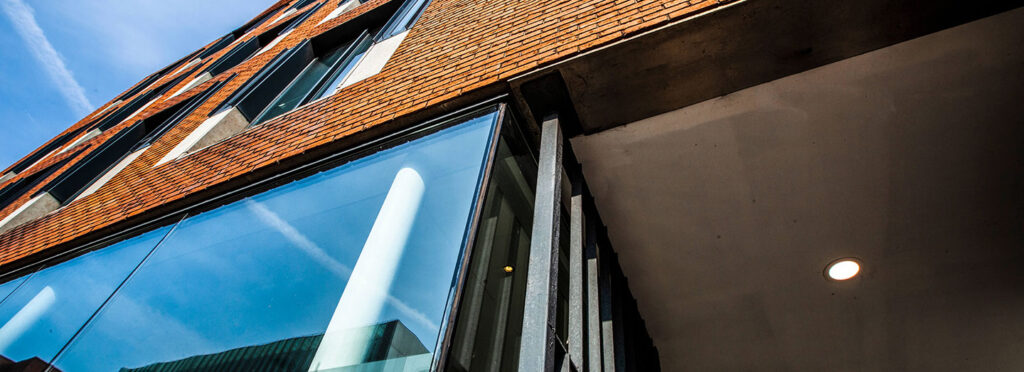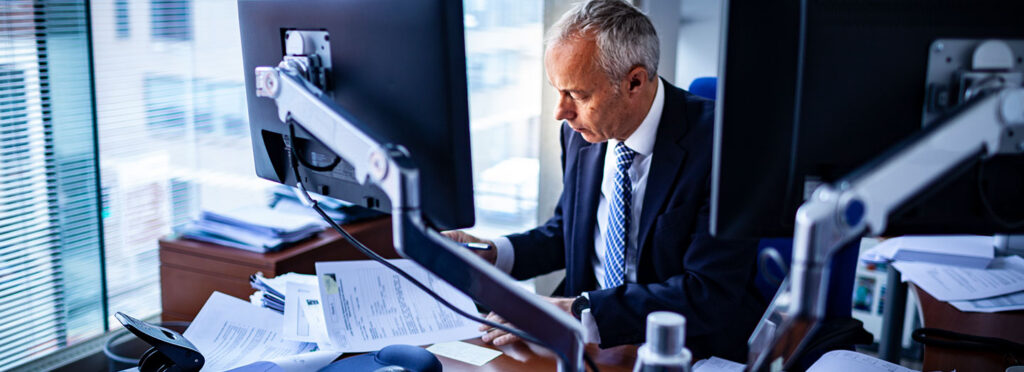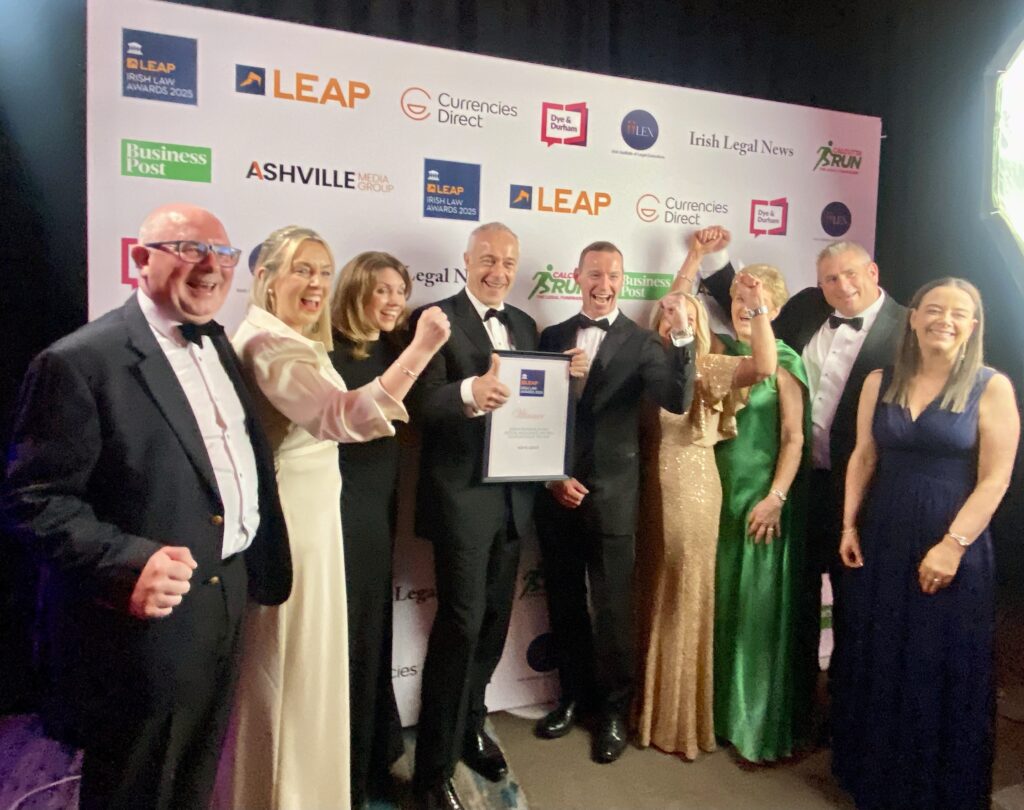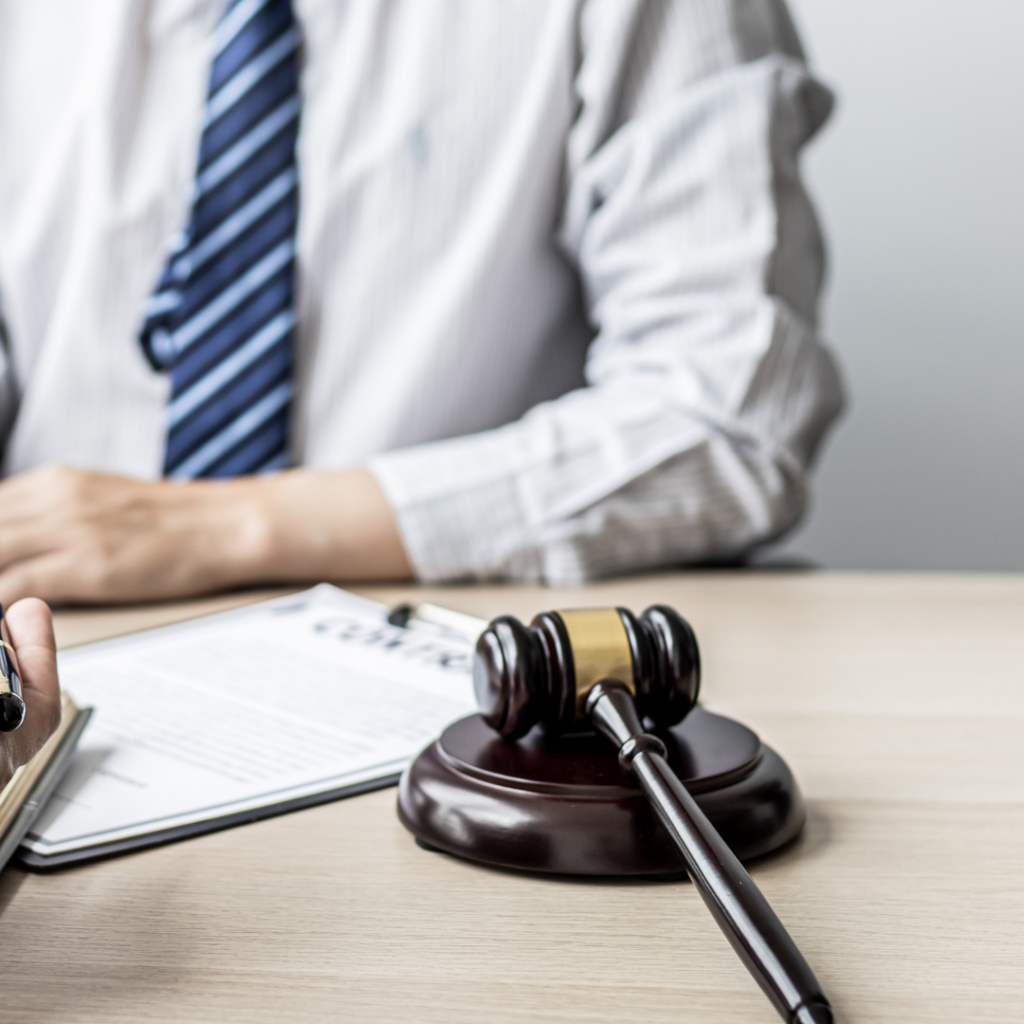Every parent hopes their child’s care environment is as safe as possible. When an accident happens, the consequences can be traumatic for both child and family. A recent High Court case in Ireland involving a young girl who suffered a head injury at a creche brings the spotlight onto childcare safety and clarifies the pathways open for families seeking justice and compensation.
This detailed blog unpacks the background of the case, discusses the legal process, and offers guidance for anyone dealing with a similar accident. If your child has suffered an injury in a creche, school, or public place, knowing your rights and the available supports can make all the difference.
Understanding the case The accident at Park Academy Childcare
The case that reached the High Court revolved around Doireann Collins, who, at three years old, sustained a bump on her forehead after an incident at Park Academy Childcare in Bray on June 15th, 2017. According to court reports, it was claimed she tripped on an allegedly unsecured mat tile and struck her head on the corner of a wooden deck. Following the accident, she was taken to a medical centre, where soft tissue swelling and an abrasion were recorded. Though she made a full recovery, she experienced acute distress in the days after.
Her family, through her father, took legal action against Park Academy Ltd, alleging that the childcare provider failed in its duty to keep the premises free from hazards and maintain a safe play area. The claims put forward included alleged shortcomings in property maintenance, removal of dangerous materials, and the provision of secure play paths. While the provider denied the claims, an out-of-court settlement of €40,000 was reached with approval from Ms Justice Nuala Jackson.
Recognising risks in childcare settings
Childcare providers have a strict legal responsibility to prevent harm and ensure a safe environment for every child in their care. Typical risks in creches and nurseries include:
- Loose or poorly affixed flooring (such as mat tiles)
- Sharp furniture edges or corners
- Unsafe outdoor play features (decking, equipment)
- Poor visibility or inadequate supervision
- Obstructions in walkways
While most minor injuries in childcare happen during play and are truly accidental, hazards like unsecured flooring can frequently be prevented through regular inspections and maintenance.
What to do if your child is injured in a creche
1. Seek medical attention
Always prioritise your child’s health. If a head injury is suspected—even if the child appears well initially—medical assessment as soon as possible is crucial. Healthcare providers will document the injury, carry out any necessary tests, and issue advice for post-accident care at home.
2. Record the incident
Ask for a written incident report from creche management, ensuring their account of what happened and any actions taken are on record. Take photos of the injury, the accident location, and any potential hazards, if possible.
3. Maintain records
Keep any notes from medical consultations and receipts for related expenses. If your child is upset or experiencing emotional distress, make notes (dates, symptoms) and seek appropriate support.
4. Contact the provider
Alert the creche or nursery in writing, requesting a formal response about the incident and any steps being taken to address the cause.
5. Speak with a personal injury solicitor
Early legal advice can clarify your family’s rights and options, especially if you believe negligence contributed to the incident. A specialist solicitor will help you understand the claims process and what evidence will be useful.
HOMS Assist’s personal injury solicitors offer expert advice and can guide families through each step with care and professionalism.
Legal considerations for child injuries in Ireland
Duty of care
Under Irish law, childcare providers (and all those responsible for children) have a duty of care to identify and actively manage foreseeable risks. They must take reasonable steps to prevent accidents, from regular equipment inspection to immediate repair of hazards like loose floor tiles or exposed deck corners.
Liability and negligence
If an accident happens due to a provider’s failure to address a risk they should have known about, they may be considered negligent. Factors weighed include:
- Was the hazard obvious and avoidable?
- Did the provider follow recognised safety guidelines?
- Was staff supervision adequate?
- Were children using the facilities as intended?
Making a personal injury claim for a child
- Parent or legal guardian must issue proceedings on the child’s behalf (“a next friend”).
- Any settlement (like Doireann’s €40,000) must be approved by the court to ensure the child’s best interests are protected.
- Claims can cover not just physical injury but also pain, emotional distress, and medical expenses.
- Strict time limits apply, but for minors, the clock does not begin until the child reaches 18.
What does a typical settlement process look like?
- Consultation: The solicitor reviews the evidence and advises if a claim is likely to succeed.
- Investigation and filing: The legal team gathers incident reports, medical evidence, and witness statements. An official claim is prepared against the creche or its insurers.
- Offer and negotiation: The responsible party may dispute the claim or offer a settlement. Solicitors negotiate to secure fair compensation.
- Court approval: If a settlement is reached, as in this High Court case, it goes before a judge who checks the offer is appropriate and safeguards the child’s rights.
Why do families choose to pursue a claim?
- To secure funds for additional care or therapy the child may need
- To recognise the emotional impact and trauma
- To highlight lapses in safety for the benefit of all children attending the facility
- To create accountability and press for improvements in standards
Ensuring safer childcare in Ireland
Every accident involving a child is distressing, but preventable injuries are especially painful for families. This case stands as a reminder to parents, childcare providers and policymakers alike of the need for constant vigilance regarding safety standards. For providers, regular hazard assessments, robust staff training, and open communication with families are non-negotiable.
Support when you need it most
If your child has suffered an injury at a crèche, school, or elsewhere due to possible negligence, prompt action is essential. Along with your own documentation and communication, seeking support from trusted professionals is invaluable:
- Medical professionals: For assessment, care, and guidance during recovery
- Solicitors: For advice on legal options, potential claims, and ensuring fair treatment
- Expert support teams: For emotional and practical advice tailored for families coping with a child’s accident
Contact HOMS Assist for experienced legal advice with a track record in supporting families through complex personal injury cases.
Moving forward after a childhood injury
No legal case can undo the stress and worry a family faces after an accident, but achieving justice and appropriate compensation can help provide closure. High Court settlements, like the €40,000 awarded in this instance, not only support the recovery process but can help highlight safety issues and drive positive change in childcare environments.
If you have concerns about a recent childcare accident and would like discreet, empathetic advice on next steps, reach out to HOMS Assist for a confidential consultation with one of our personal injury experts.









